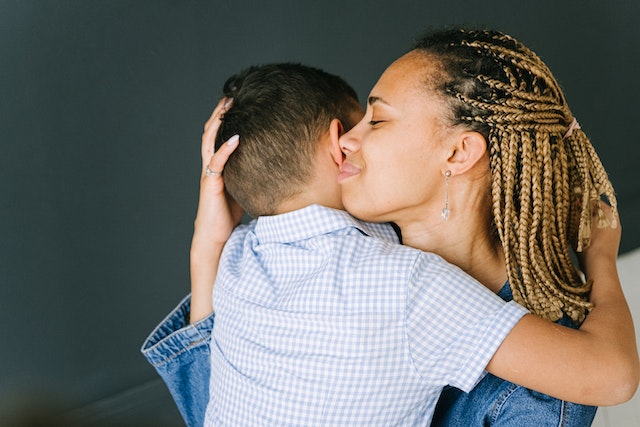Experts at Motherly.com define emotional courage as the capacity to fully embrace and express our feelings, even in difficult circumstances. This vital skill allows us to acknowledge and appreciate all emotions, understanding their important role in our personal development. At its essence, emotional courage rests on the belief that every emotion we experience is valid and essential for our understanding of ourselves and the world around us. Following are a few tips on how parents can help kids find and tap into their emotional courage.

Experts Kelly Oriard and Callie Christensen, founders of Slumberkins, emphasize in their article for Motherly that helping children discover their emotional courage involves teaching them two key concepts. They stress that these concepts are essential for fostering emotional resilience in kids. The concepts are:
- Being able to welcome emotions with curiosity
- Understanding that sensitivity (or feeling our feelings) is a strength
Old concepts such as “Boys don’t cry,” “Put on a happy face,” “Grin and bear it,” are working against us and we have to shift the narrative.
“We want kids to have a framework to learn about all of their emotions early on so the concept of emotional courage, feelings, and sensitivity will not point to weakness but rather to great strength, leadership skills, and courage,” the duo commented in their piece for the outlet.

Just how can parents help children to tap into their emotional courage and thrive by embracing their emotions? Here are the tools to add to your parenting toolbox.
Proactively help children build their emotional courage
Oriard and Christensen suggest that parents can achieve this by “empower[ing] children to handle a variety of difficult situations, many of which were not necessarily often outwardly discussed with us as children.”
A few examples of such things include teaching them how to:
- Tolerate distressing and uncomfortable feelings (like sadness and guilt) without the need to avoid, numb feelings, or blame others
- Regulate emotions and learning from emotional states
- Ask for help when needed
- Feel OK with not having all the answers
- Have conversations that may be uncomfortable but necessary
- Stand up for what you know is right
Model the behavior that you are asking your children to do
As children learn to embrace emotional courage, they will carry these skills into adulthood, better prepared to handle various life challenges. However, emotional courage cannot merely be taught; it must be modeled. As we have often said, children learn by observing the adults in their lives and almost always mimic the behavior. To effectively instill emotional courage, Oriard and Christensen suggest that parents should actively demonstrate the following practices:
- Notice Your Feelings: Recognizing and addressing your own emotions lays the groundwork for children to do the same.
- Accept All Emotions: Acknowledging challenging feelings is essential for cultivating bravery. Acceptance allows us to process emotions and move forward.
- Let Go of Perfection: Embracing imperfections teaches children that everyone experiences challenges and makes mistakes. This understanding helps normalize big feelings.
- Listen to Others: Engaging with others’ emotions fosters empathy and broadens perspectives, enriching our understanding of emotional experiences.

Building emotional courage is an ongoing journey that requires deep listening to ourselves and others, valuing empathy over toughness. By fostering emotional courage, we empower children to confront their feelings and promote a cultural shift that embraces vulnerability as a form of true strength. This creates a more compassionate and emotionally aware society where individuals can thrive both personally and communally.
Photo: Adobe Stock Images; Pexels.com